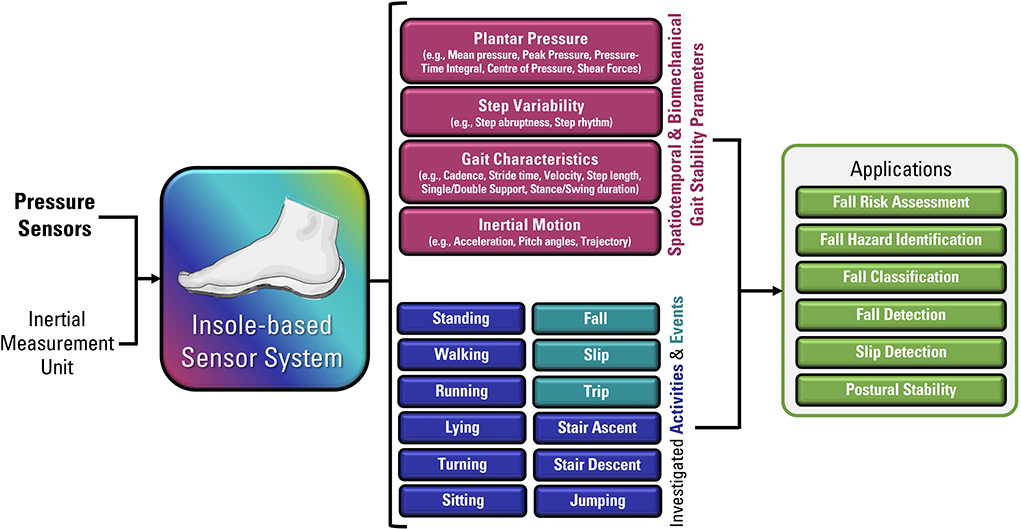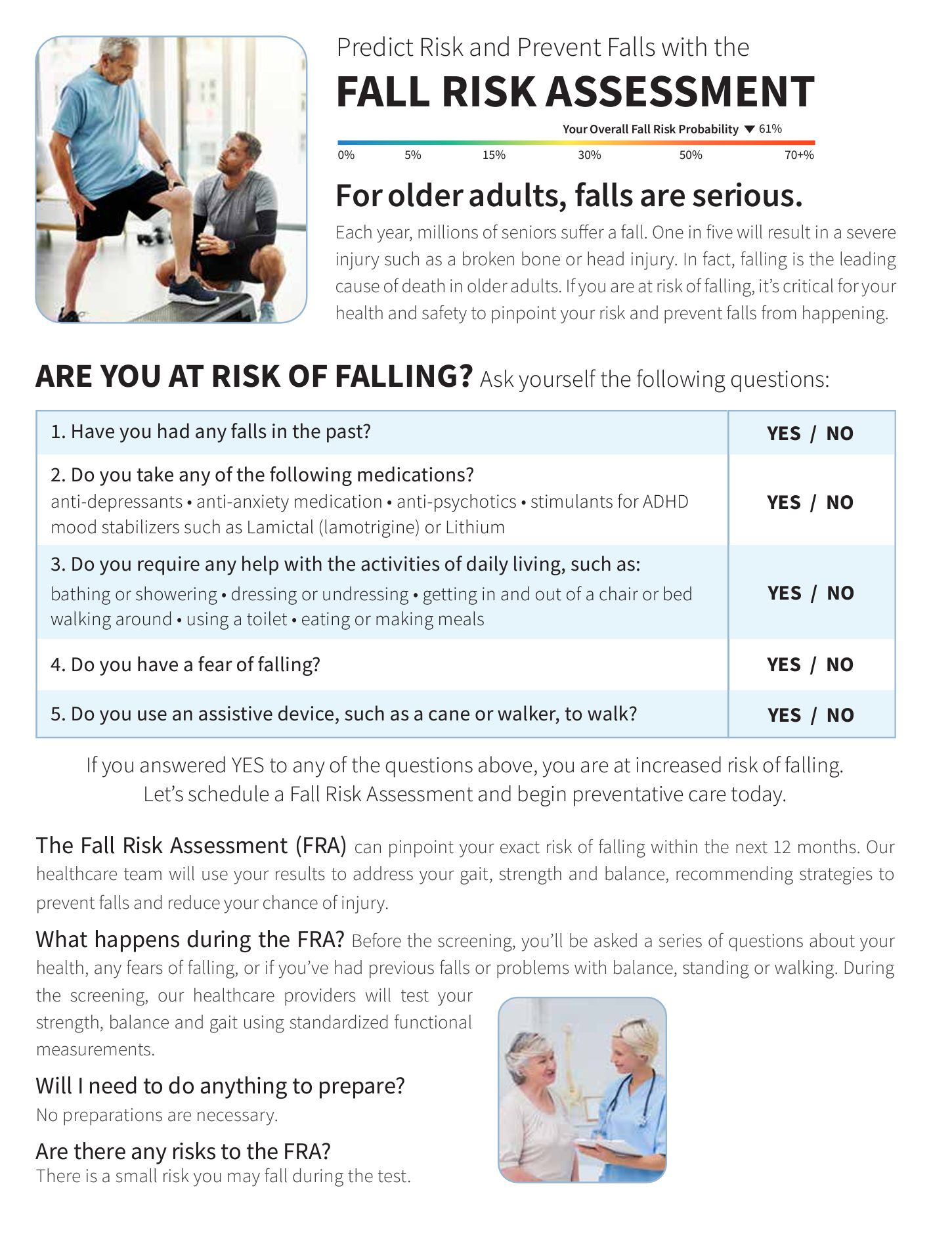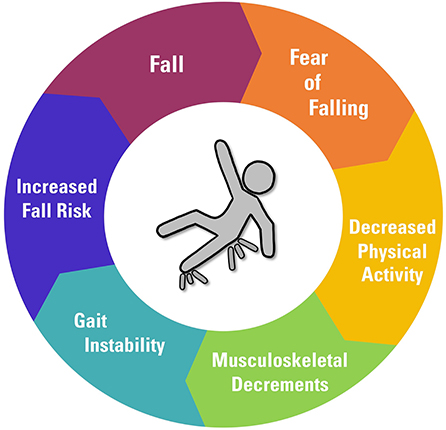The Buzz on Dementia Fall Risk
Table of ContentsGetting My Dementia Fall Risk To WorkAbout Dementia Fall RiskDementia Fall Risk Fundamentals ExplainedDementia Fall Risk Things To Know Before You Get ThisThe smart Trick of Dementia Fall Risk That Nobody is Discussing
The FRAT has three sections: fall threat standing, risk element list, and activity strategy. A Fall Threat Standing consists of information regarding history of recent drops, drugs, mental and cognitive condition of the individual - Dementia Fall Risk.If the individual scores on a risk variable, the matching number of points are counted to the patient's fall threat score in the box to the far appropriate. If a person's autumn threat rating totals 5 or greater, the person goes to high risk for drops. If the client scores just four factors or lower, they are still at some threat of falling, and the registered nurse must use their ideal medical analysis to manage all autumn threat aspects as part of an all natural treatment strategy.
These conventional approaches, generally, help establish a secure setting that minimizes accidental falls and defines core preventive steps for all patients. Indications are essential for patients in jeopardy for drops. Medical care providers need to recognize that has the problem, for they are responsible for executing activities to advertise person safety and avoid falls.
How Dementia Fall Risk can Save You Time, Stress, and Money.
For example, wristbands must include the client's last and first name, day of birth, and NHS number in the UK. Details ought to be printed/written in black against a white history. Only red color must be utilized to signal unique individual status. These recommendations follow present developments in person identification (Sevdalis et al., 2009).
Products that are also far might need the patient to get to out or ambulate unnecessarily and can potentially be a threat or add to falls. Aids avoid the person from going out of bed without any kind of aid. Nurses react to fallers' phone call lights quicker than they do to lights started by non-fallers.
Visual disability can significantly cause falls. Hip pads, when worn effectively, may minimize a hip fracture when autumn takes place. Keeping the beds closer to the floor lowers the threat of falls and severe injury. Positioning the mattress on the floor substantially decreases autumn danger in some health care setups. Reduced beds are developed to minimize the distance a person drops after relocating out of bed.
All about Dementia Fall Risk
People that are tall and with weak leg muscles that attempt to rest on the bed from a standing setting are likely to fall onto the bed because it's also reduced for them to reduce themselves safely. Additionally, if a high person efforts to stand up from a low bed without aid, the patient is likely to drop back down onto the bed or miss the bed and fall onto the flooring.
They're developed to advertise prompt rescue, not to stop falls from bed. Audible alarm systems can additionally advise the read here individual not to get up alone. Using alarms can additionally be an alternative to physical restraints. Apart from bed alarms, raised supervision for risky patients additionally may aid stop falls.

People with an evasion gait rise loss chances dramatically. To lower fall danger, footwear ought to be with a little to no heel, slim soles with slip-resistant step, and support the ankles.
Some Known Questions About Dementia Fall Risk.
In a research, homes with ample lights report less drops (Ramulu et al., 2021). Enhancement in illumination at home may lower you can look here fall prices in older grownups.

Caretakers work for ensuring a secure, secured, and secure setting. Studies showed extremely low-certainty proof that caretakers lower fall danger in acute treatment hospitals and only moderate-certainty that alternatives like video clip tracking can reduce sitter use without boosting loss risk, recommending that caretakers are not as useful as at first believed (Greely et al., 2020).
The Greatest Guide To Dementia Fall Risk

Increased physical conditioning decreases the risk for falls and restricts injury that is sustained when autumn takes place. Land and water-based workout programs may be in a similar way valuable on balance and gait and thus reduce the threat for drops. Water exercise might contribute a positive benefit on equilibrium and gait for females 65 years and older.
Chair Increase Exercise is a basic sit-to-stand exercise that helps enhance the muscles in the upper legs and butts and enhances mobility and independence. The objective is to do Chair Increase workouts without making use of hands as the customer becomes more powerful. See sources area for a detailed guideline on exactly how to carry out Chair Increase exercise.